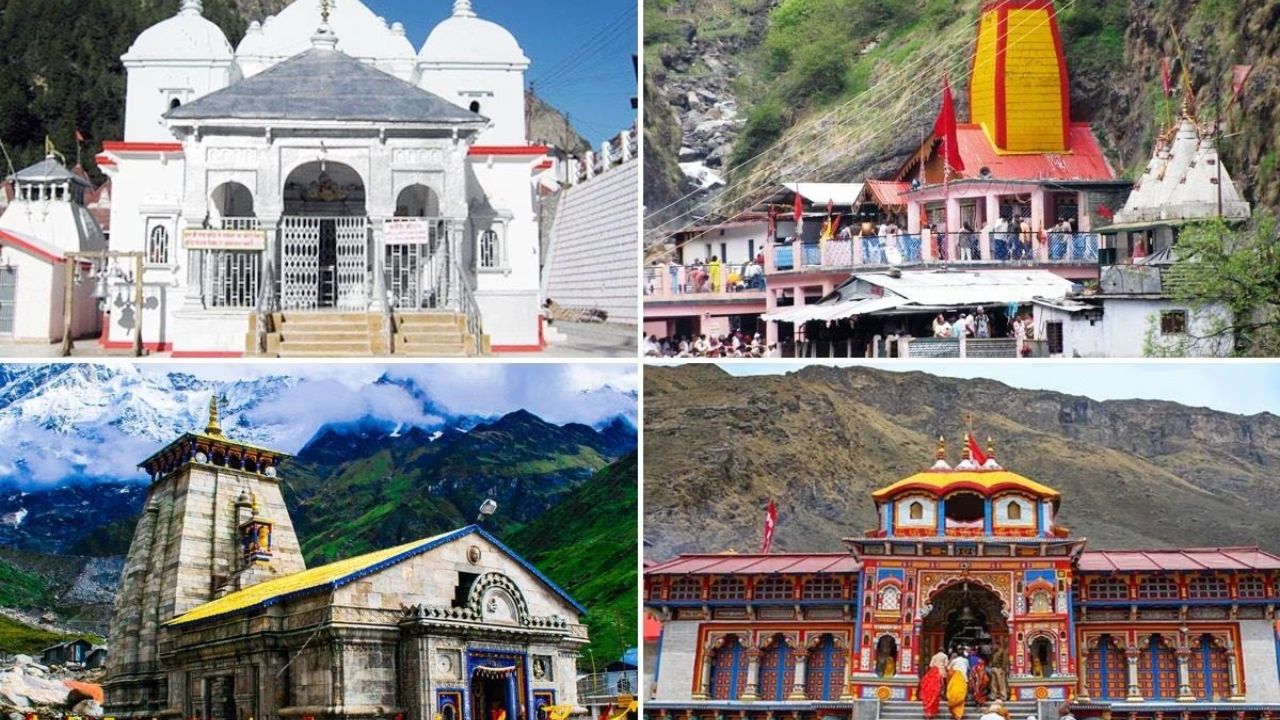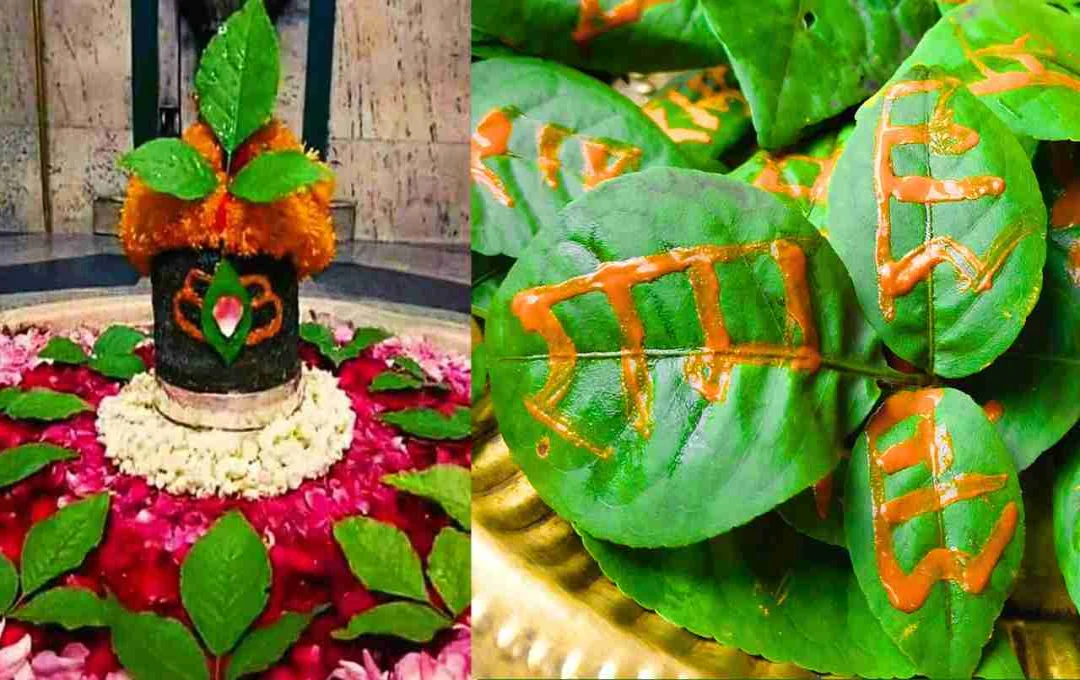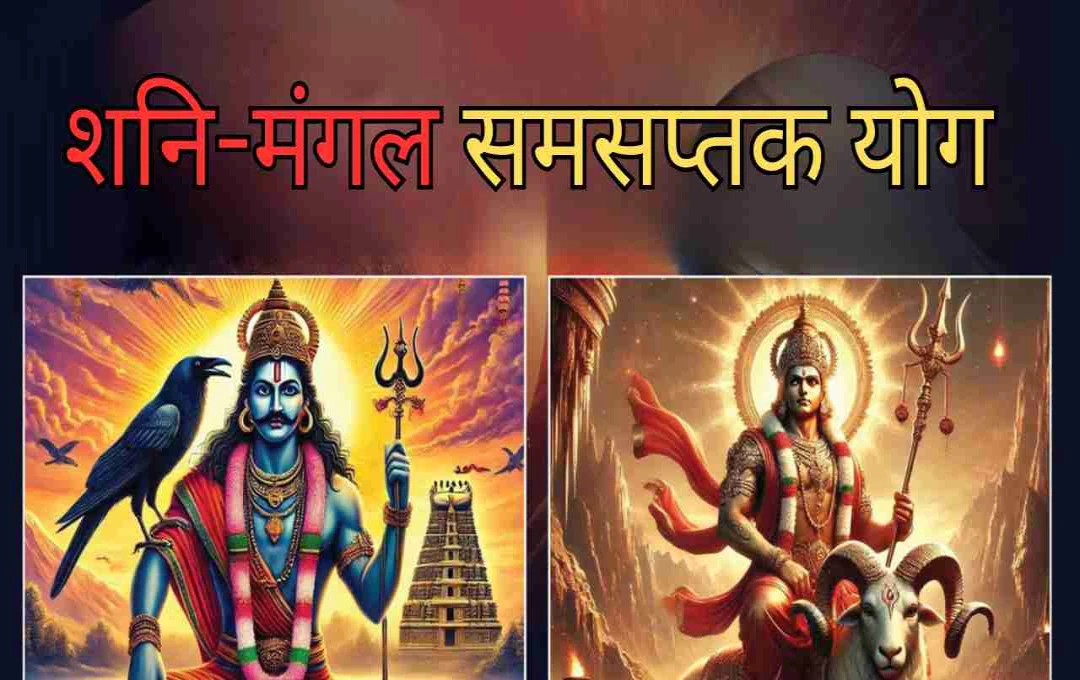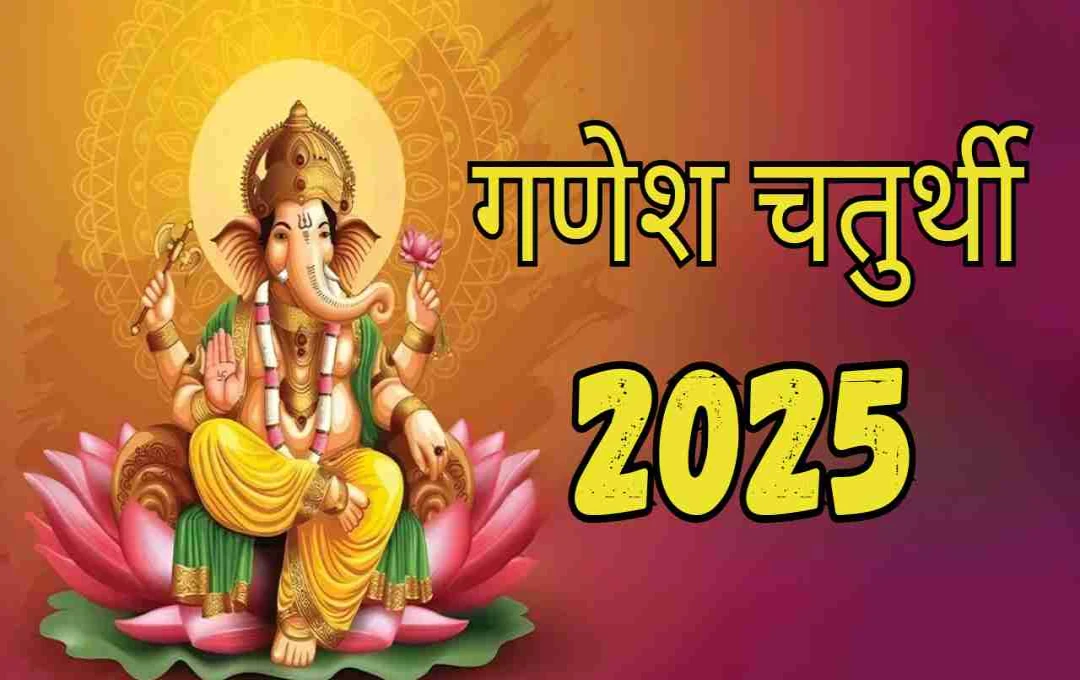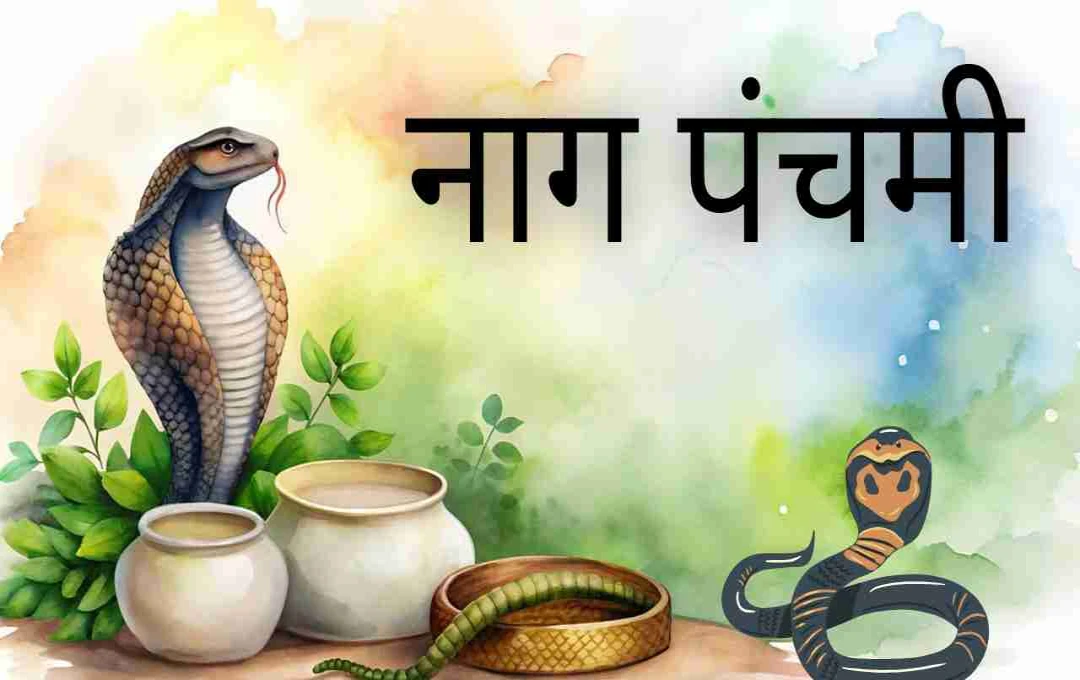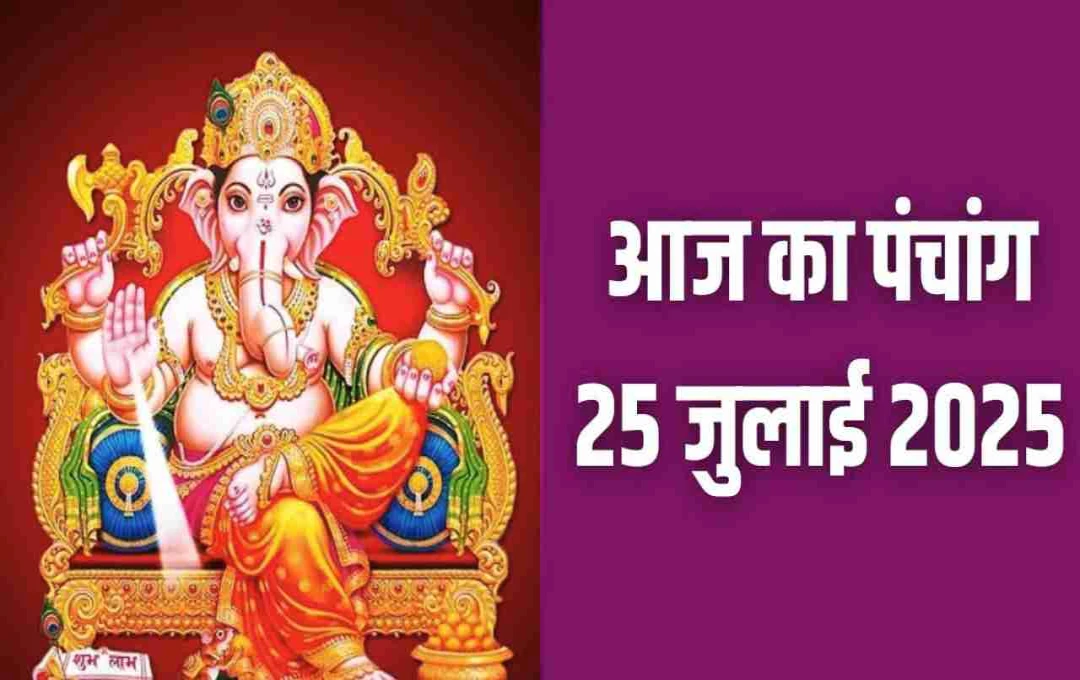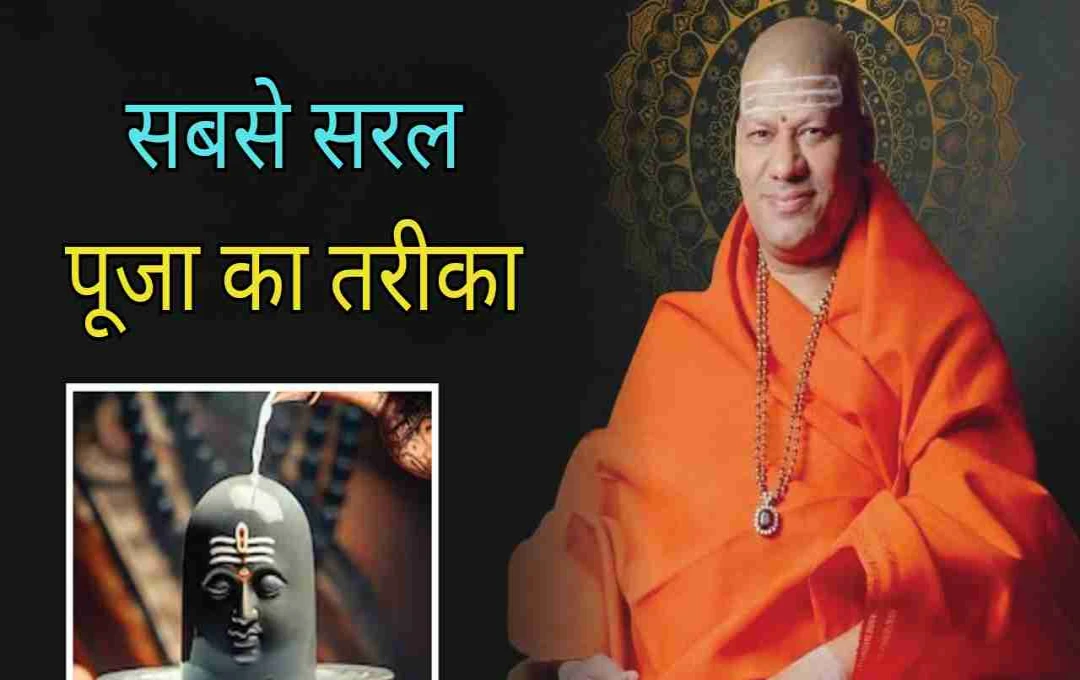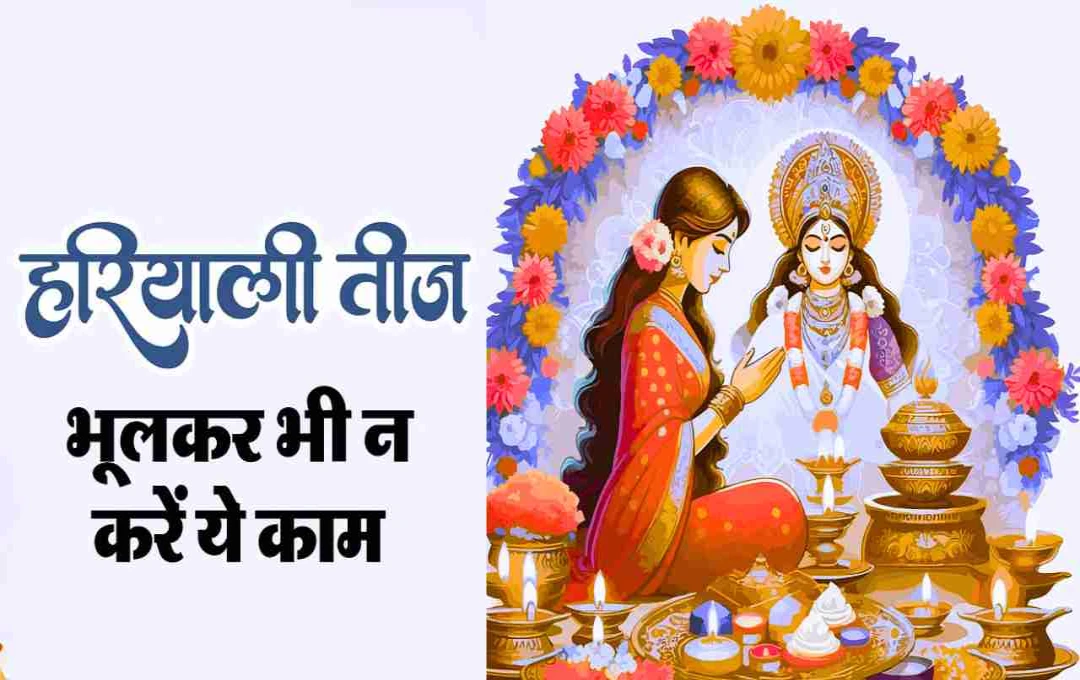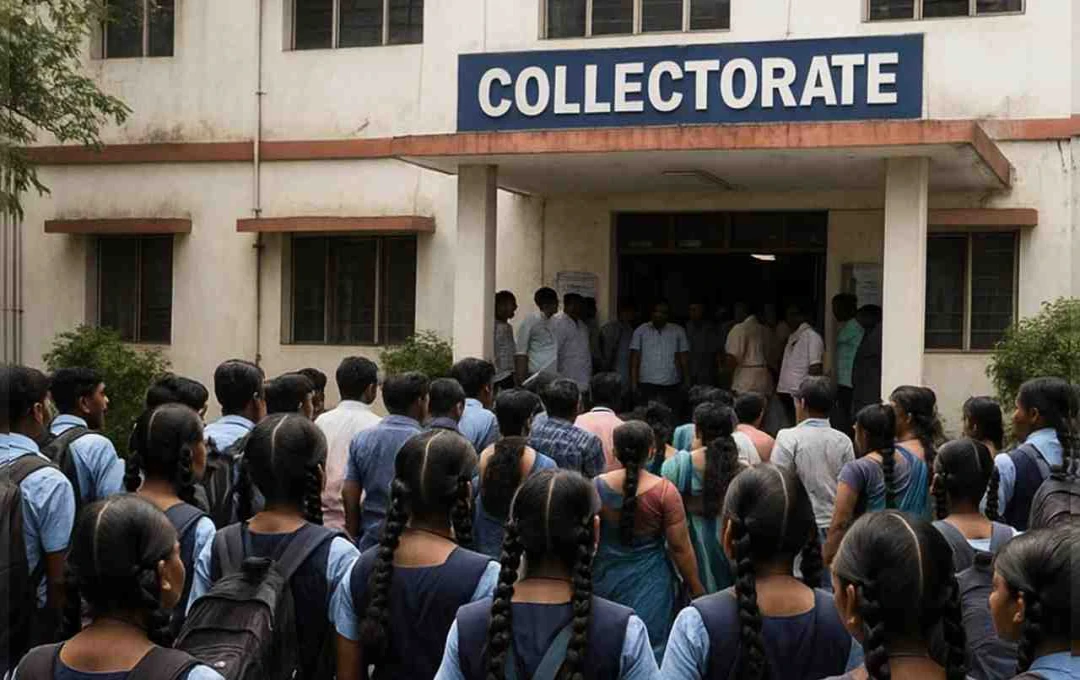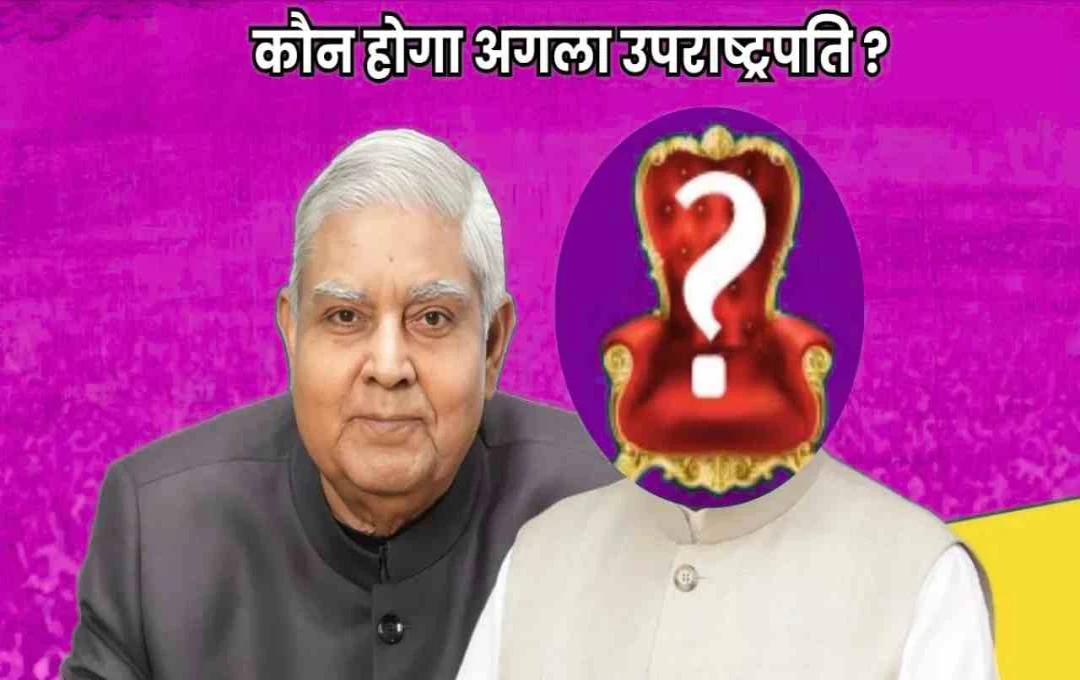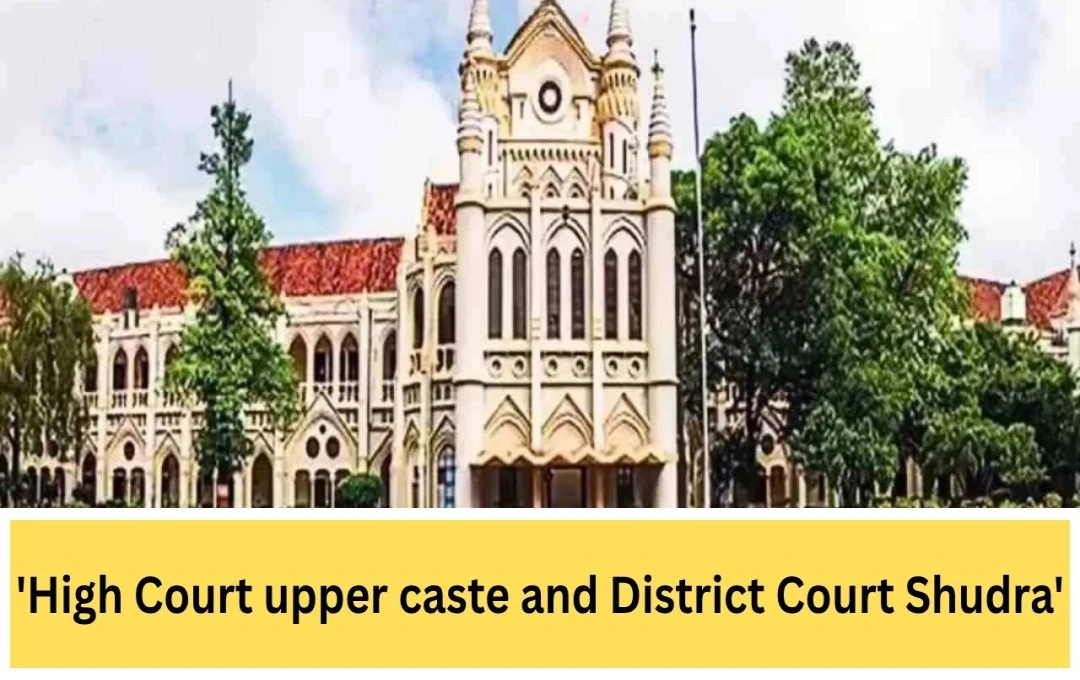Char Dham Yatra: A Detailed Look at the Tradition
India is a land of faith and devotion. The unwavering belief in bhakti and the divine presence in every particle of the land strengthens this faith. The Char Dham Yatra stands as a pinnacle of this belief, representing more than just a pilgrimage to ancient and sacred sites. It embodies the energy of purity and devotion, deeply influencing the Indian psyche.
According to Hindu beliefs, the Char Dham Yatra, also known as a pilgrimage, holds immense significance. Adi Guru Shankaracharya defined four Vaishnava pilgrimage sites. These are considered essential destinations for every Hindu in their lifetime, believed to aid in the attainment of moksha (liberation). These are Badrinath in the north, Dwarka in the west, Jagannath Puri in the east, and Rameshwaram in the south, situated in the four cardinal directions.
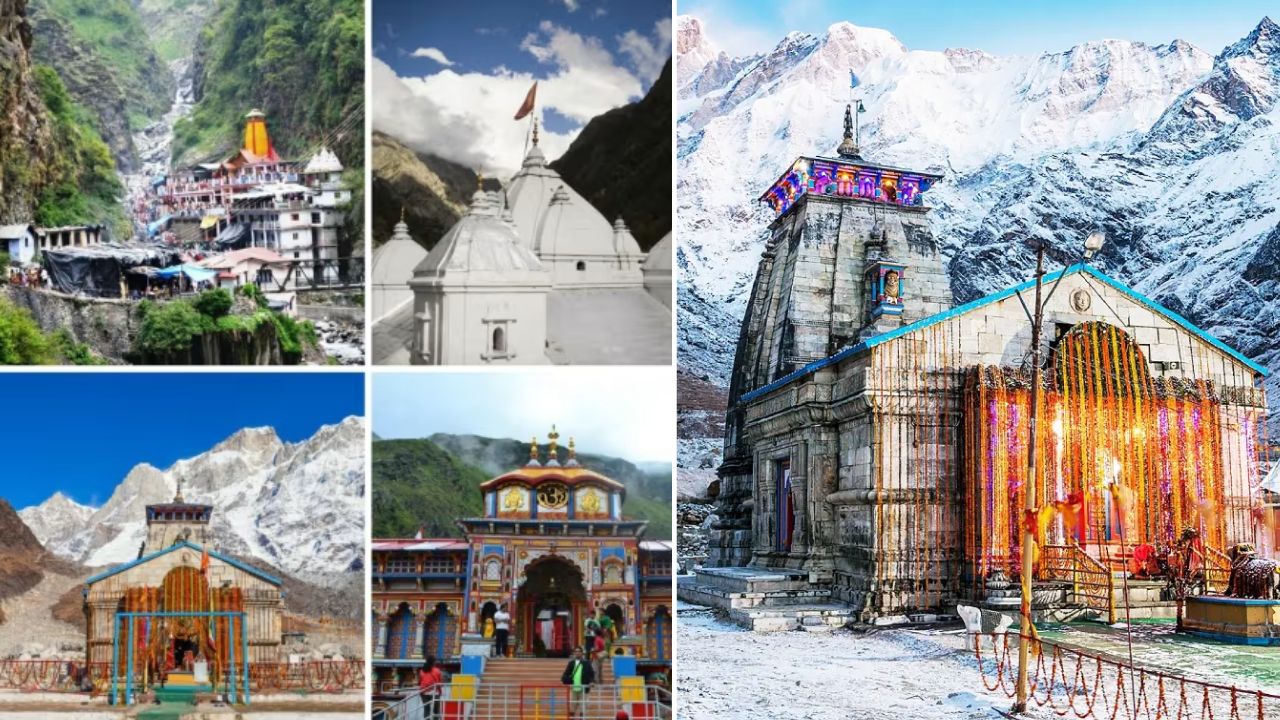
Badrinath
Badrinath is revered as a significant pilgrimage site in the north. It is the abode of Lord Nar-Narayan, and houses an eternal flame, symbolizing the unending light of knowledge. Every Hindu desires to visit Badrinath at least once in their lifetime. The ancient Badrinath temple is considered a sacred site since the Satya Yuga. The temple opens for darshan in late April or the first fortnight of May, and after six months of worship, closes its doors in the second week of November.
Rameshwaram
Rameshwaram is a place where Lord Shiva is worshipped in the form of a lingam. It is one of the twelve Jyotirlingas, holding the same importance in the south as Kashi does in the north. Located approximately 400 miles southeast of Chennai, the legend narrates that before embarking on his journey to Lanka, Lord Rama established a Shiva lingam at Rameshwaram and constructed a stone bridge (Ram Setu) across the sea, allowing his army to reach Lanka. This temple stands on the island of Rameshwaram, situated between the Indian Ocean and the Bay of Bengal.
Puri
Puri is home to the Jagannath Temple, dedicated to Lord Krishna. Located in the coastal city of Puri, Odisha, Jagannath means "Lord of the Universe." The city is also known as Jagannath Puri or simply Puri. The temple's construction was initiated by King Choda Ganga Deva and later by King Anantavarman Choda Ganga Deva. The annual Rath Yatra festival of this temple is renowned. Rice is the principal Prasad here.
Dwarka
Dwarka is situated on the coast of the Arabian Sea in western India. It is said to have been established thousands of years ago by Lord Krishna. Born in Mathura, raised in Gokul, and ruling from Dwarka, Krishna managed state affairs and supported the Pandavas. Legend recounts that the original Dwarka submerged into the sea. However, the present-day Bet Dwarka and Gomati Dwarka are named after it. The Gomati Lake, a long expanse of water south of Dwarka, is the reason for it being called Gomati Dwarka. There are nine ghats (steps to the water) overlooking the lake. A pristine pond, called the Nishpap Kund, filled with the waters of Gomati, is located near the official ghat. A statue of Lord Krishna stands on the beachfront near Jamnagar in Gujarat.
